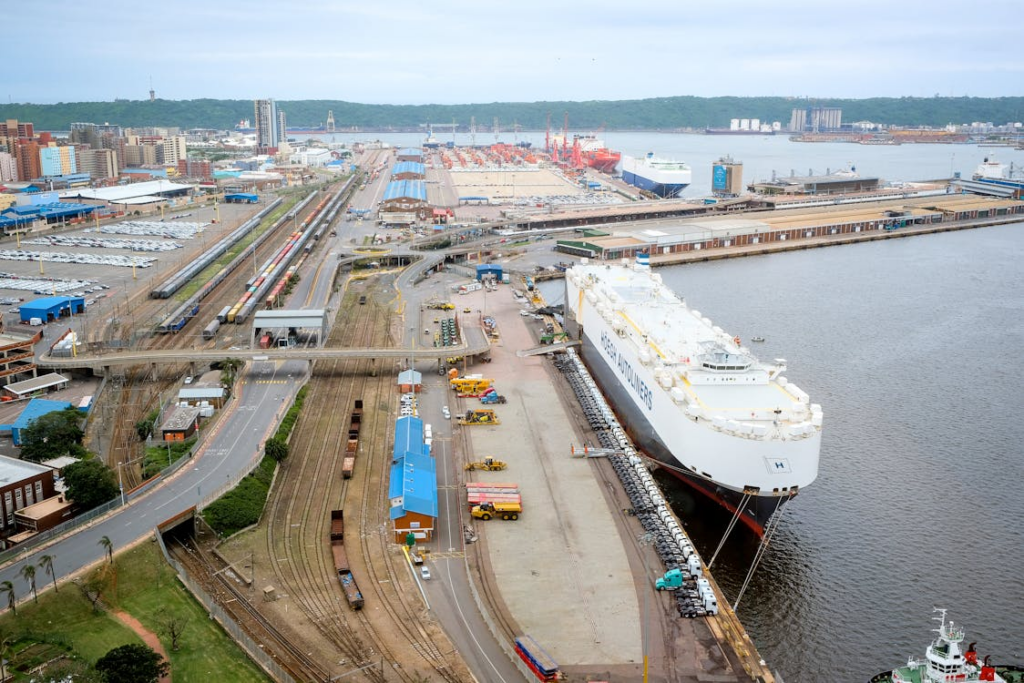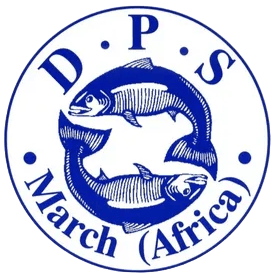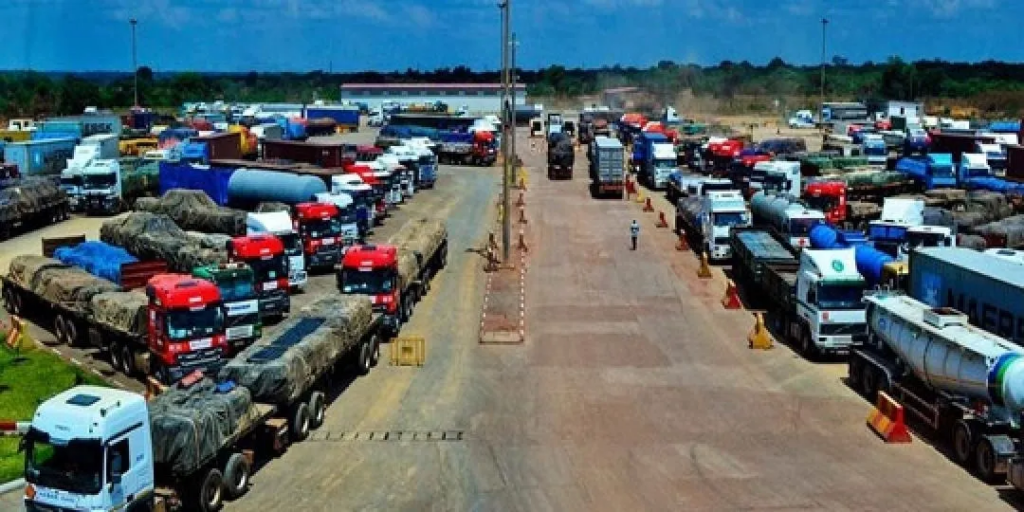
We’ve been experiencing massive delays in Durban due to weather conditions and equipment issues, Please find below executive Summary of the current port conditions:
This update contains a consolidated overview of the South African supply chain and the current state of international trade. Commercial ports handled an average of 6 710 containers per day, significantly down compared to the 7 836 last week. Port operations in the last week were characterised primarily by adverse weather conditions, equipment breakdowns and shortages, and internal congestion. Strong winds in Cape Town ensured that more than 24 operational hours were lost during the week. Durban is currently the only South African Port on the “Port congestion Watch” as more than 60 000 TEUs were stuck at outer anchorage on Tuesday, 31 October. By the end of the week, Crane 3 at GCT was still with the technical team undergoing hoist rope repairs and should return to service sometime over the weekend. Intermittent cable theft took place on the rail network over the previous weekend, causing some delays.
Transnet won’t receive bailouts until the government is satisfied that the Freight Logistics Roadmap is being adhered to. Transnet’s financial state has been strained, and the government aims to address these issues to improve logistics efficiency. However, as often mentioned, Transnet – although a critical player – is not solely accountable for the smooth functioning of the extended logistics industry. This responsibility lies on all users, operators, and logistics providers in the country. The ongoing port congestion must be resolved, as the reality of vessel bypasses – and the $200/ TEU congestion charge implemented by Maersk this week, followed shortly after that by MSC – further inhibits the South African economy from growing at desired levels. Consequently, South Africa must get its trade, transport, and logistics network in order, as it is directly involved in 60% of the country’s economy.
b. Summary of port operations
The following sections provide a more detailed picture of the operational performance of our commercial ports over the last seven days.
i. Weather and other delays
• Strong winds in Cape Town resulted in more than 24 operational hours lost throughout the week.
• Adverse weather in Durban exacerbated the delays and backlogs experienced at the port.
• Inclement weather constituted the majority of delays at our Eastern Cape Ports this week.
• More than 12 operational hours were lost in Richards Bay due to poor weather conditions.
ii. Cape Town
On Friday, CTCT recorded two vessels at berth and two at anchor, with three vessels set to arrive in the 24 hours leading to Saturday. However, in the 24 hours leading to Friday, stack occupancy for GP containers was recorded at 33%, reefers at 29%, and empties at 49%. In this period, the terminal handled 1 285 TEUs across the quay while 1 141 trucks were serviced on the landside. Additionally, equipment woes at the terminal continued this week as Cranes LC1 and LC5 remained out of commission. LC5is, however, anticipated to return by 18:00 on Friday. Crane LC4 also briefly went out of commission on Friday as the lift wire needed to be replaced. But the bigger problem is with the RTGs, without which no number of cranes will be of much use. Overheating engines afflicted seven or eight RTGsdue to a combination of hot weather and long distances travelled. As the temperatures were no higher than those recorded during October in previous years, this seems strange. The fact that it happened immediately after the installation of new engines to some RTGs gives cause for concern. However, units 2 and 21 were expected to return to service during the day.
The multi-purpose terminal recorded zero vessels at anchor and two at berth on Thursday. In the 24 hours leading to Friday, the terminal managed to service 73 external trucks at an undisclosed truck turnaround time on the landside. During the same period, 162 TEUs and 806 tons of general cargo were handled across the quay on the waterside. Stack occupancy was recorded at 8% for GP containers, 4% for reefers, and 6% for empties during the same period.
The FPTprivate terminal reported zero vessels at anchorage while servicing three at berth on Wednesday. During the 24 hours leading to Thursday, the terminal handled 602 TEUs, 238 tons of breakbulk cargo and 1 969 dry bulk tons on the waterside. On the landside, the terminal managed to service 330 trucks and 24 units on rail. At the same time, reefer stack occupancy was recorded at 16%.
iii. Durban
Pier 1 on Friday recorded two vessels at berth, operated by five gangs, and six vessels at anchor. Stack occupancy is 44% for GP containers and remained undisclosed for reefers as the reefer season is ending. During the same period, 1 288 imports were on hand, with 26 units having road stops and 12 unassigned. The terminal recorded 1 488 gate moves on the landside, with an undisclosed number of cancelled slots and 43 wasted. The truck turnaround time was recorded at ~89 minutes, with an average staging time of ~115 minutes.
Pier 2 had three vessels at berth and 14 at anchorage on Thursday. In the 24 hours leading to Friday, stack occupancy was 44% for GP containers and undisclosed for reefers. The terminal operated with nine gangs while moving 2 493 TEUs across the quay. During the same period, there were 3 041 gate moves on the landside with a truck turnaround time of ~71 minutes and a staging time of ~73 minutes. Of the landside gate moves, 1 034 (34%) were for imports and 2 007 (66%) for exports. Additionally, 1 028 rail import containers were on hand, with 436 moved by rail. The terminal was also quite extensively challenged by inclement weather this week, which directly impacted slot allocation on the landside. During the earlier stages of the week, the terminal went windbound for approximately 11 hours, which added to the extensive backlogs already experienced. The fact that Durban terminal operations tend to stop at wind speeds in excess of 70 km/h gives some cause for concern since Cape Town only stops work when wind speeds exceed 80 km/h. Towards the end of the week, the terminal had 56 straddle carriers in operation, which is far short of the ideal number. Additionally, dredging took place at berth 202 this week. During the sounding operations, some high spots were found, leading to further dredging and sounding needing to take place. Berth 108 is scheduled for dredging on 05 November.
Towards the end of the week, the Palmiet tug went out of commission due to some engine problems, while the Siemens technical team will be working on the floating crane on Monday, 06 November. The Port of Durban currently remains the only South African Port on Linerlytica’s “Port congestion Watch” as more than 60 000 TEUs were stuck at outer anchorage.
Congestion at South Africa’s container ports has resulted in the unthinkable – South Africa has been delinked from Maersk Line’s Asia – Africa FEW serviceand replaced with a feeder service from Port Louis in Mauritius.
In a sweeping set of changes to its FEW (Far East-West Africa) services, the port of Cape Town will no longer feature. Instead, ships of the affected FEW servicewill drop Cape Town cargo at Port Louis to be feederedto Cape Town on a new ‘Cape Town Express’ service.
Maersk says the updated FEW services will deliver better connectivity, more reliability and quicker transit times.
The changes take place from the first week of December.
Maersk and MSC, the two largest container carriers, which dominate the South African container business, recently announced they were adding a congestion surcharge to import and export containers, save those to and from East and West Africa.
The MSC congestion surcharge is rated at USD 210 per TEU for dry cargo, as from 3 December.
While not alleviating the ongoing delays at the ports, the two lines believe the surcharge measure will help absorb some of the additional expenses arising from the delays.
The port delays, which see container and other ships riding at anchor or drifting outside port (Durban has had over 70 ships outside on recent days), must be costing the respective shipping companies dearly. The only real surprise is that it has taken them so long to start responding with congestion surcharges and the diversion of ships away from the ports.
Referring to the Africa services, Maersk says “we are witnessing rapid growth in the African markets where not only is the higher consumption creating a more robust demand for goods, but it reflects resilience of African economy.”
Commencing from the first week of December, FEW2, FEW3, and FEW6 will have updated rotations. In addition to these, Cape Town Express, a new feeder service, will be introduced and be connected to the updated SAFARI service.
“The new and updated ocean services have been designed with customers’ requirements in mind: seamless and reliable connection between the Far East and West Africa while delivering more comprehensive coverage and shorter transit times,” said Maersk.
“South Africa, which is facing congestion, will get connected on a dedicated feeder service via Port Louis and be delinked from the FEW service in order to improve reliability and transit time.



